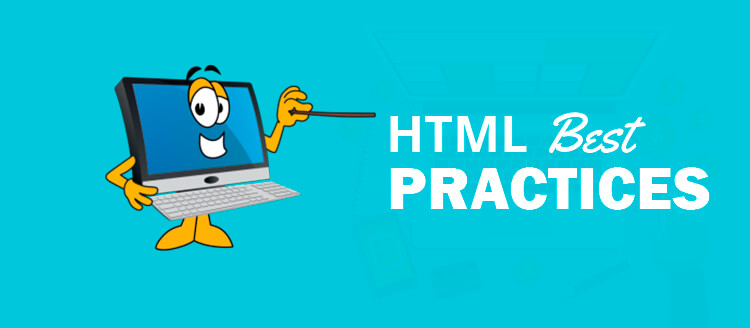
At The Right Software, we take pride in writing proper code (software development the right way) and as such it starts with HTML as our end product. That is why we have setup these best practices to write proper HTML following these best practices. Your developer should be well aware of these as well as use them all in your software product.
Always Close Your Tags
Always close your tags otherwise you will get validation Issues everytime.Always Close your Tags
Always close your tags. Its important when you are copying code to check. Most IDEs now provide support to check closing tags smartly. We recommend to use SublimeText or Notepad++ for writing HTML.Never use inline Styles
This is paragraph Tag.This is paragraph Tag
Best is to use HTML’s style tag very sparingly. CSS libraries are very configurable now with LESS and SASS.Best Practice Example
Better practice isp{
Color:red;
}Always Use CSS files Under head tag
you can place stylesheets anywhere you like. However, the HTML specification recommends that they be placed within the document HEAD tag. The primary benefit is that your pages will seemingly load faster.Place JavaScript files at the bottom of page
the primary goal is to make the page load as quickly as possible for the user. When loading a script, the browser can’t continue on until the entire file has been loaded. Thus, the user will have to wait longer before noticing any progress.Best Practice Example
this is last paragraph of pageKeep your tag name in lowercase
Technically, you can get away with capitalizing your tag names.Best Practice Example
At The Right Software, we take pride in writing proper code (software development the right way) and as such it starts with HTML as our end product. That is why we have setup these best practices to write proper HTML following these best practices. Your developer should be well aware of these as well as use them all in your software product.Always Close Your Tags
Always close your tags otherwise you will get validation Issues everytime.Always Close your Tags
Always close your tags. Its important when you are copying code to check. Most IDEs now provide support to check closing tags smartly. We recommend to use SublimeText or Notepad++ for writing HTML.Never use inline Styles
This is paragraph Tag.This is paragraph Tag
Best is to use HTML’s style tag very sparingly. CSS libraries are very configurable now with LESS and SASS.Best Practice Example
Better practice isp{
Color:red;
}Always Use CSS files Under head tag
you can place stylesheets anywhere you like. However, the HTML specification recommends that they be placed within the document HEAD tag. The primary benefit is that your pages will seemingly load faster.Place JavaScript files at the bottom of page
the primary goal is to make the page load as quickly as possible for the user. When loading a script, the browser can’t continue on until the entire file has been loaded. Thus, the user will have to wait longer before noticing any progress.Best Practice Example
this is last paragraph of pageKeep your tag name in lowercase
Technically, you can get away with capitalizing your tag names.Best Practice Example
<div>small tags</div>Use H1-H6 tags
It is best practice that you use all these heading tags.Best practice Example
<h1>hello world</h1>
<h2>This is heading 2</h2>
<h3>this is heading 3</h3>
<h3>this is heading 3</h3>Wrap Navigation with an Unorder List
Each and every website has a navigation section of some sort. While you can definitely get away with formatting it like soBest Practice Example
<ul>
<li style="list-style-type: none;">
<ul>
<li style="list-style-type: none;">
<ul>
<li style="list-style-type: none;">
<ul>
<li><a href="#">Home</a></li>
</ul>
</li>
</ul>
</li>
</ul>
</li>
</ul>
<ul>
<li style="list-style-type: none;">
<ul>
<li style="list-style-type: none;">
<ul>
<li style="list-style-type: none;">
<ul>
<li><a href="#">About</a></li>
</ul>
</li>
</ul>
</li>
</ul>
</li>
</ul>
<ul>
<li style="list-style-type: none;">
<ul>
<li style="list-style-type: none;">
<ul>
<li style="list-style-type: none;">
<ul>
<li><a href="#">Contact</a></li>
</ul>
</li>
</ul>
</li>
</ul>
</li>
</ul>
All images require “Alt” Attribute
The best practice is use alt keyword when use imageBest Practice Example
<img src="cornImage.jpg" alt="A corn field I visited." />








